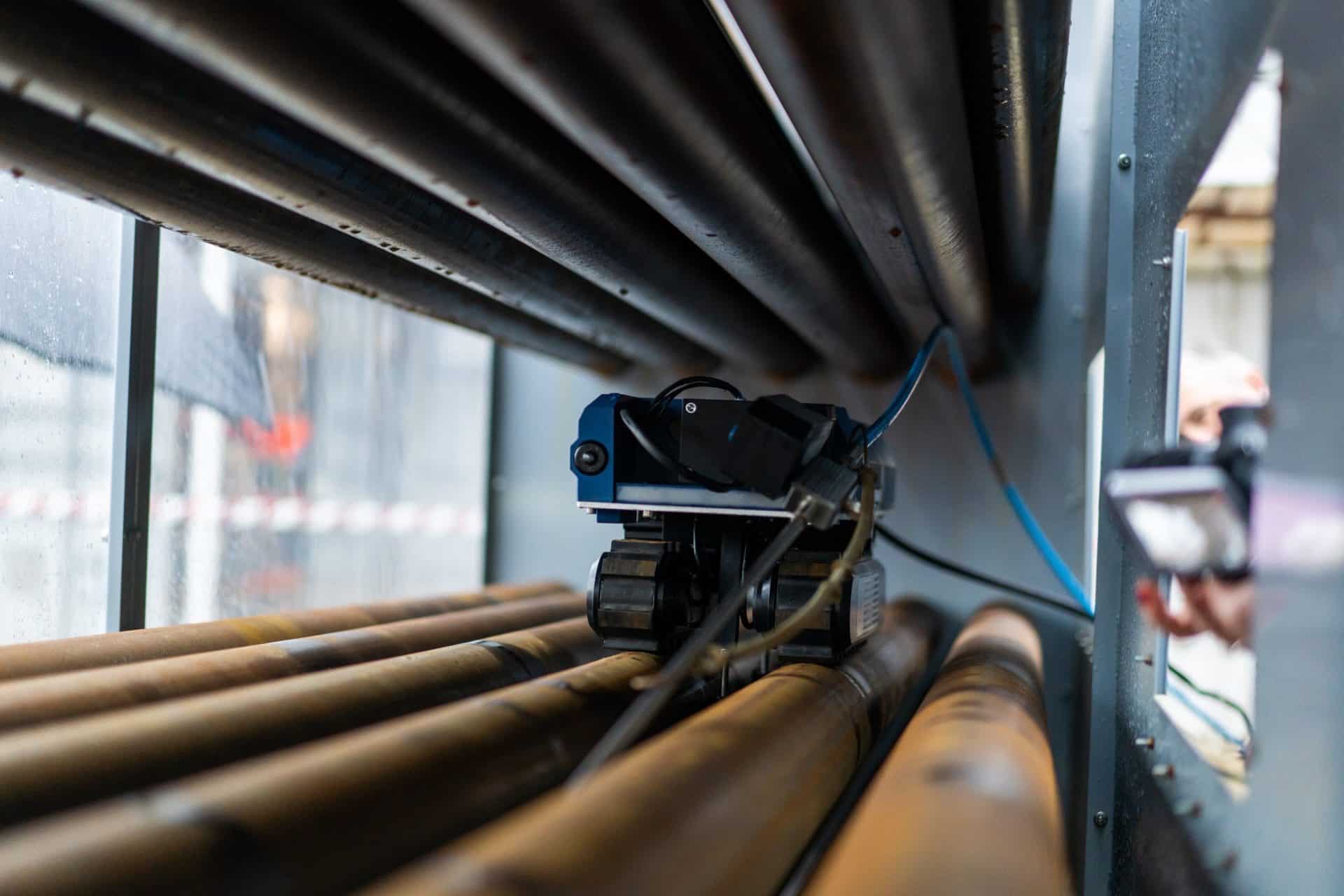Newsroom - Aug 22, 2022
Three Ways to Reduce Fired Heater Emissions
According to a recent Digital Refining article, fired heaters emit an estimated 400 to 500 million tons of carbon dioxide (CO2) every year, with at least 73% of average refinery CO2 emissions coming from combustion. Refineries and petrochemical plants are under increasing pressure to reduce emissions, while also looking for ways to reduce fuel consumption amid rising fuel prices.
IGS has been helping refineries, petrochemical, and chemical facilities around the world reduce NOx emissions by up to 25% and CO2 by up to 15%. Lower emissions directly correlate to lower fuel consumption and stack temperatures, resulting in significant financial savings.
There are a range of fired heater solutions and services available to improve the efficiency of the asset and reduce emissions. Here are three solutions that your facility could benefit from:

1) High Emissivity Cetek Coatings
Is your fired heater limited by bridge wall temperature, tube metal temperature or firing duty? The cause could be excessive fouling/scale formation on the radiant tubes.
Cetek Ceramic Coatings provide a durable, protective, thin-film layer on the outer surfaces of process tubes, which prevents oxidation, corrosion, and carburization of the metal and maintains the tube thermal conductivity coefficient close to new tube conditions.
Cetek coatings can be applied to the refractory, process tubes, or both, depending on the type of the fired heater and its design and operating parameters.
The result? Typical high emissivity ceramic coating applications to the tube and refractory surfaces show heat transfer efficiency benefits ranging from 5% to 15%, and a reduction in emissions of up to 25%.
2) Tube Tech Cleaning Services
Tube Tech’s fired heater/furnace convection sections cleaning service is recognised by world-leading refining and petrochemical companies as the most effective technology to achieve OEM performance clean fired heaters.
What’s the cost of an inefficient fired heater?
If a fired heater (such as a catalytic reformer, steam methane reformer (SMR), or ethylene furnace) is 1 or 2% inefficient it can consume an additional $1m in fuel over a year or result in millions of dollars in lost revenue. High fuel consumption also translates to high emissions as the heater burns more fuel to produce the required capacity due to fouling reducing heat transfer capabilities.
Traditional fired heater cleaning methods vs. Tube Tech
Traditional cleaning methods are only able to clean 30-45% of the total fouled area. Tube Tech, backed by multi-million-dollar European funding, has developed a Rover system that penetrates deep between tube rows to remove even the most stubborn fouling. It is the only system that can guarantee 90%+ clean, reducing fuel consumption and lowering CO2 emissions to design thresholds.

3) IGS Environmental
IGS Environmental specializes in comprehensive cleaning solutions. This service supplies Selective Catalytic Reduction (SCR) Screens and Mixer Plates to improve the performance and reduce NOx emissions of a range of fired heaters. By combining these products to work in unison, clients are provided with customized solutions and warranty protection.
SCR Screens
Fine particles from loose refractory and insulation can plug the catalyst and dramatically reduce production, shorten catalyst life, increase emissions, and even cause forced outages. Simply increasing the catalyst pitch is expensive, reduces the catalyst life, and typically does not eliminate the build-up.
IGS Base Filtration Screen Technology is designed to catch refractory and insulation fibers before they reach the catalyst, eliminating build-up-related forced outages, system derates, and excessive pressure drops. The increase in performance significantly improves NOx removal within the fired heater.
Mixer Plates
The IGS patent-pending flow mixing system is designed to maximize ammonia mixing prior to the catalyst to reduce ammonia usage and ensure an even ammonia concentration distribution through the catalyst, which improves DeNOx and preserves the catalyst reactivity. This can be installed in conjunction with the filtration screen or even as a standalone improvement.
Conclusion
Fired heaters are a critical piece of equipment for refineries and facilities around the world. With rising fuel costs and stringent emissions legislation, it is becoming increasingly important to ensure that mission-critical assets, particularly fired heaters, are performing efficiently and at full capacity.
Maintaining these assets regularly and thoroughly will maintain output, increase asset life, reduce the likelihood of unplanned outages, reduce stack temperatures and emissions, and deliver a significant ROI.

